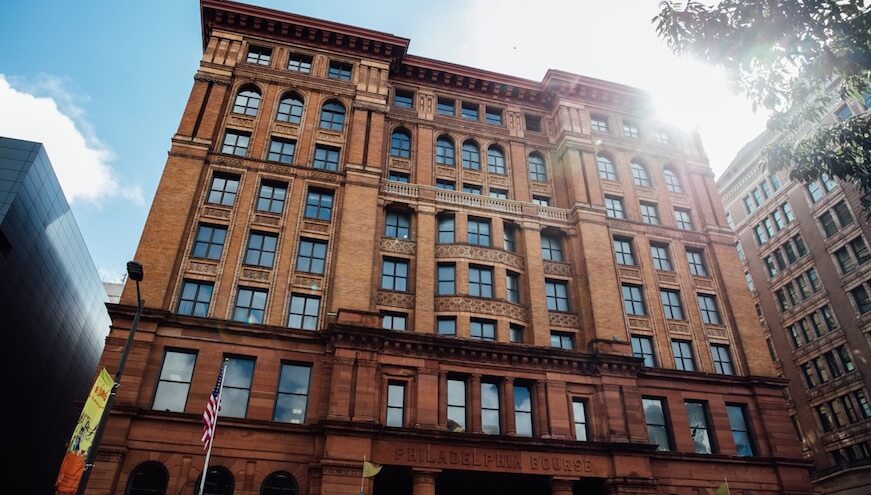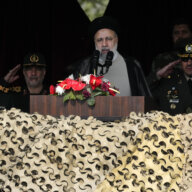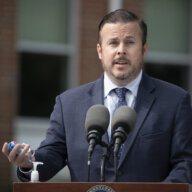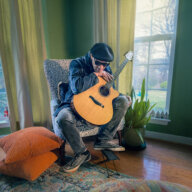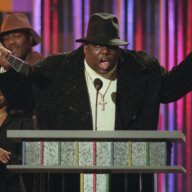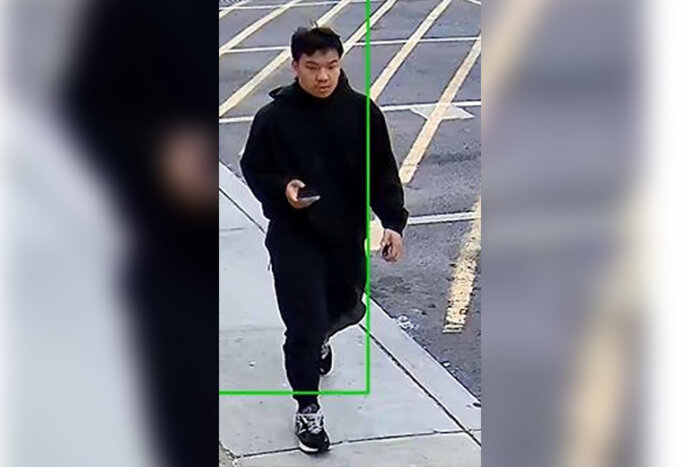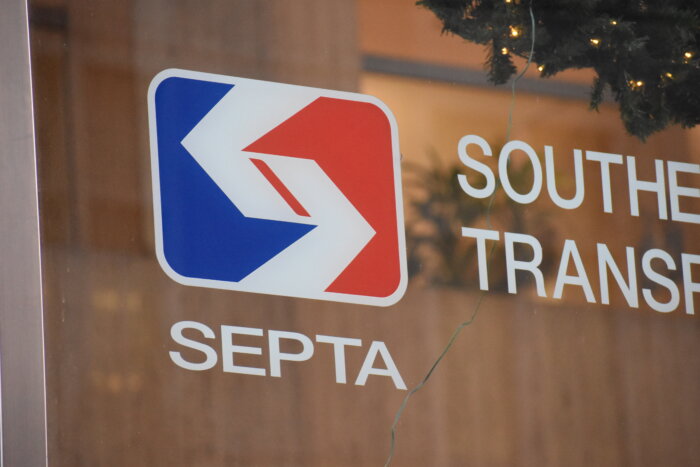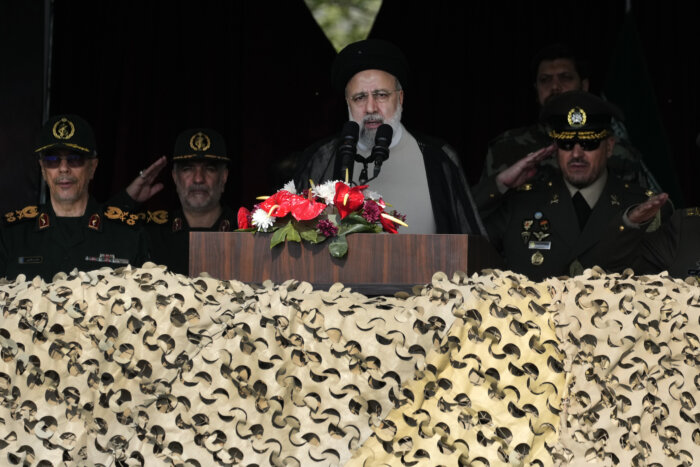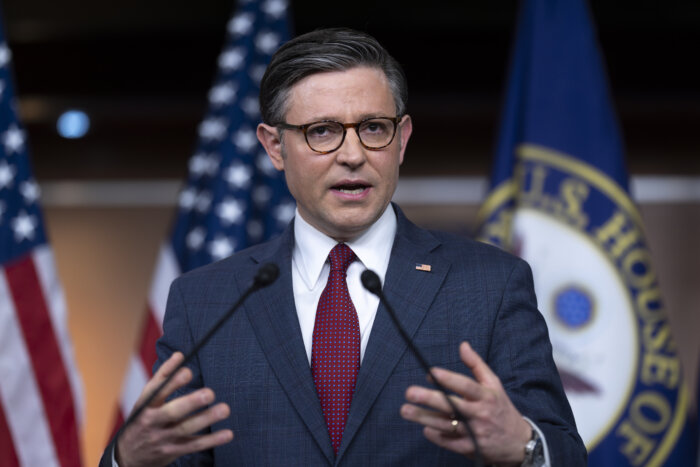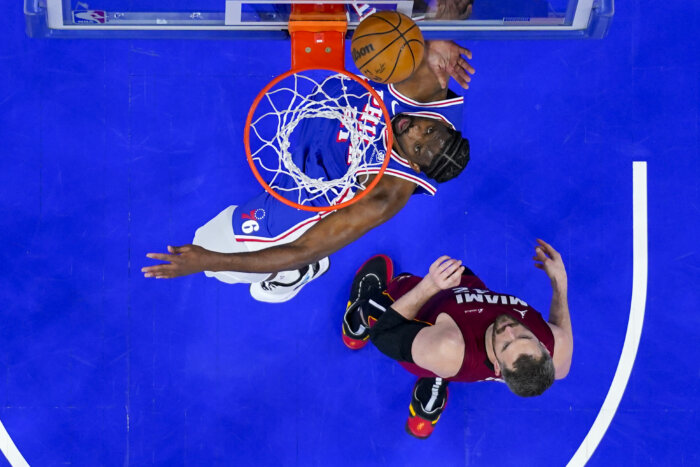As far as iconic Philadelphia buildings go, The Bourse is among this city’s most storied — and misused — until now, with its soon-to-fully-open Bourse Food Hall and its curated array of local culinary vendors and chefs.
Little by little, from summer through to the present, the Bourse Food Hall’s 30 designated stalls’ inhabitants have been setting up shop, in drops, so to complete a picture originally started in 1891. That’s the year the steel-framed and red buff brick commodities exchange, modeled after Beaux Arts-style spaces in Hamburg, opened on 111 S Independence Mall.
That same space was purchased and remodeled by the Kaiserman Co. in 1980 for tony shops, eateries and club spaces to display their wares in a contemporary setting. By the mid-90s, however, this same Bourse was mostly selling tchotchkes and buffet meals, while renting office space.
“That’s how we found it — a fair amount of vendors selling bobble-heads and inexpensive t-shirts,” said Charley McGrath, Managing Director at MRP Realty.
MRP took control of the Bourse in 2016, buying into a partnership with the sellers, the Kaiserman family. “The reason why we bought it is that The Bourse is one of four assets in that surrounding area where we partnered on with the Kaisermans,” said Mike Cassidy, the VP of MRP’s Philly division, pointing to 325 Chestnut, 400 Market, and the Ritz parking garage.
“The Bourse is a beautiful old relic — brick and beam office space above ground floor retail — that sits on Independence Hall where there’s a huge amount of foot traffic,” said Cassidy. “There, we effectively took a Wildwood-style Boardwalk retail shopping area and turned it inti the Ferry Building in San Fran or the Gotham Market in New York by cranking up the level of community, the quality and aesthetics.”
At The Bourse, in MRP’s minds, all of the finest culinary amenities that the east coast offers is now available under one roof. “Lobster, chocolate, flowers, everything top notch,” said McGrath. “And you never have to walk outside your office building.”
Add in an annual Liberty Bell-area tourist population (4.7 million) larger than what visits the Statue of Liberty (1.8 million) passing The Bourse in the day, the office population for happy hour at night, and the catbird seat between Old City and Society Hill’s high income at all times, and The Bourse was irresistible.
MRP paid $40 million to renovate the Victorian building listed on the National Register of Historic Places, and won’t comment on the price they paid to get into the partnership. From an equity perspective, the funding was completely private, and did not involve the city of Philadelphia.
“From a help perspective, Councilman Squilla, Mayor Kenney and the Old City District was spectacular,” said Cassidy. “A fair amount of that came from the fact that we were filling a vacuum that existed for 30 years,” said McGrath. “When The Bourse re-opened in the 80s, it was the worst time, economically, to do a high end mall. It’s been a black hole, a great big elephant just sitting on Independence Hall. I’m glad we had the guts to do it.” Cassidy mentions too that because they “nearly doubled” the amount of vendors on The Bourse’s main thoroughfare, MRP had to present all to the OCD. “That was on the city’s checklist – make sure Old City was onboard,” said Cassidy.
“When in the history of Philadelphia was a developer able to go in, buy a 120-year-old building, re-lease and renovate it and have it stabilized in two years,” said McGrath.
The idea of curating The Bourse Food Hall’s new vendors with top chef names such as Sylva Senat and Sam Jacobson came down to a level of taste, as well as an image that MRP wanted to put forth. “We tasted the food of over 60 vendors and looked at their business plans,” said Cassidy. “Not just chefs, but florists, guys selling beers and wine by the tap, and craft cocktail vendors.”
Said McGrath, “the reason we took that grass roots approach was that it’s important to curate both a menu and an experience that the public will have. You don’t need two pasta guys next to each other serving similar dishes. We want people to, when they park their car, have their fingertips on every frigging potential dining option.”
In bringing in newbies, older vendors who had built businesses at The Bourse were asked to leave when their leases ran out, with several rumored to have attempted lawsuits (The Gallery at Market East has undergone similar growing pains). MRP states that it did sit down with the old vendors, some of whom simply didn’t; fit the vision of where the realty-development company was going with the property.
“The press loves bad news, but I’m here to say that several of the old vendors will be in the Bourse, such as the Marino Brothers. They agree with, and share our vison of the new Bourse. Some didn’t, and as their leases were month-to-month, or expired we just waited them out, and we could all go on with our lives,” said McGrath.
One of The Bourse’s new vendors, Jared Adkins — master distiller and founder of Philly’s Bluebird Distilling — is doing a raw wood-and-galvanized-steel steampunk-looking bar directly in the center of the a la carte food options.
“We’re doing local spirits from scratch that you can sample and buy, while also creating craft cocktails on the spot,” said Adkins, adding that it’s about time that Philly has a world class food hall.
“After four years, we’ve been looking to expand, and reached out to MRP as soon as we saw the space. No sooner than we spoke, we signed. This Bourse gives you an entire glimpse, an overview, of what this city’s food scene is about — a taste of Philly all-at-once.”



